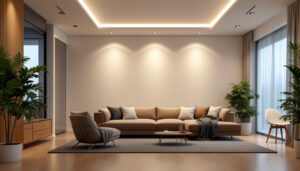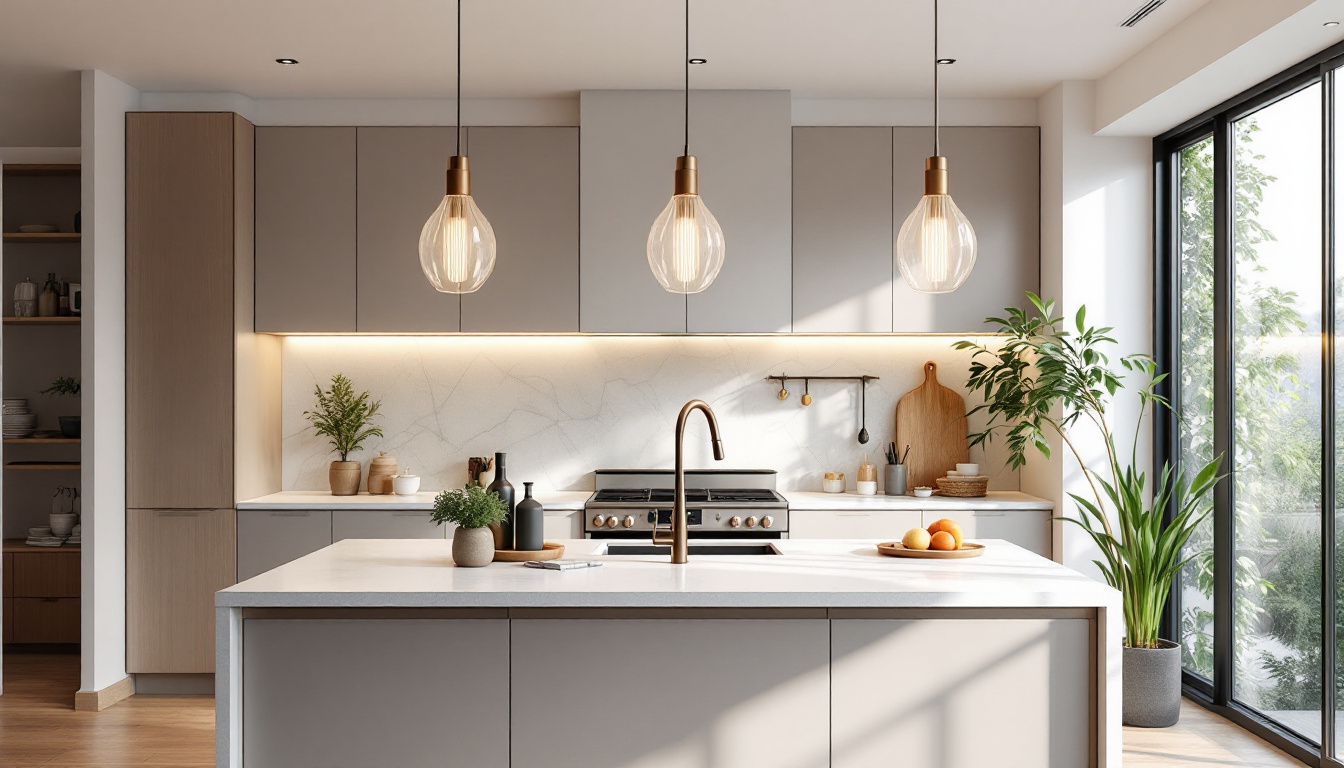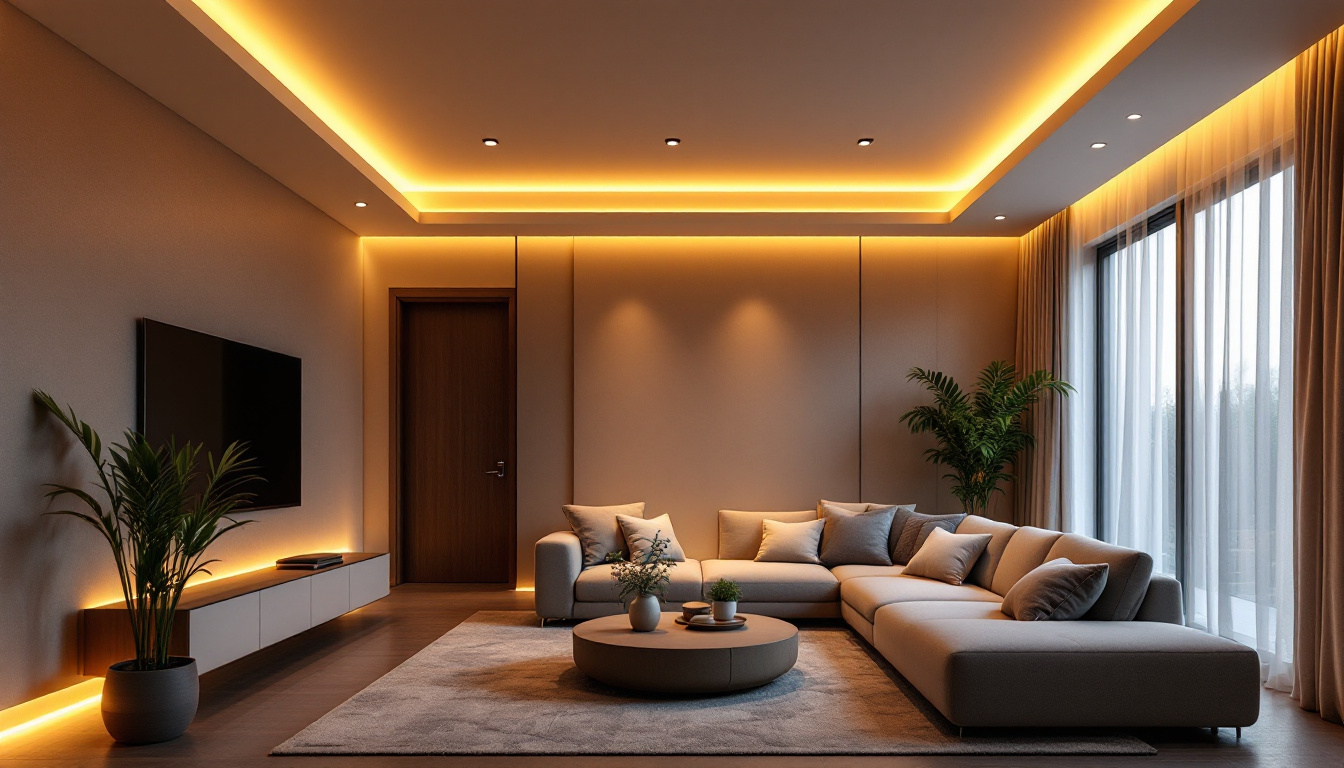

Lighting plays a crucial role in any kitchen, serving both practical and aesthetic purposes. pendant light fixtures, in particular, have gained immense popularity due to their versatility and style. For lighting contractors, understanding the nuances of pendant lighting can enhance their service offerings and help clients achieve their desired ambiance. Below are some common questions that lighting contractors encounter regarding pendant light fixtures for kitchens.
Pendant light fixtures are suspended lighting elements that hang from the ceiling, typically using a cord, chain, or rod. They come in various styles, sizes, and materials, making them suitable for diverse kitchen designs. Whether used as task lighting over an island or as ambient lighting in a dining area, pendant lights can significantly enhance the overall look and functionality of a kitchen space. Their versatility allows them to complement both modern and traditional aesthetics, making them a popular choice among homeowners and designers alike.
These fixtures can be used individually or in groups, allowing for creative arrangements that can match the kitchen’s decor. Their ability to provide focused lighting makes them ideal for areas where precision is required, such as food preparation zones. Furthermore, pendant lights can serve as statement pieces that draw the eye and contribute to the kitchen’s overall aesthetic. The right pendant light can become a focal point, showcasing the homeowner’s style and taste while also providing practical illumination for everyday tasks.
There are several types of pendant light fixtures available, each serving different purposes and styles. Some common types include:
In addition to these popular styles, there are also unique designs like industrial pendant lights, which often feature raw materials like metal and glass, adding an edgy touch to contemporary kitchens. Vintage-inspired fixtures, on the other hand, can evoke a sense of nostalgia and warmth, making them ideal for rustic or farmhouse-style kitchens. Furthermore, many pendant lights now come with adjustable heights, allowing homeowners to customize their lighting based on the specific needs of their space, whether it be for illuminating a breakfast nook or creating an intimate dining atmosphere.
Another trend gaining traction is the use of smart pendant lights, which can be controlled via smartphone apps or voice commands. These innovative fixtures not only provide convenience but also allow for customization of brightness and color temperature, enabling homeowners to set the perfect mood for any occasion. As technology continues to evolve, the integration of smart features in pendant lighting is becoming a sought-after element in modern kitchen design, merging functionality with cutting-edge style.
Selecting the right pendant light fixture for a kitchen involves several considerations. Contractors should guide their clients through these choices to ensure the final decision meets both functional and aesthetic needs.
The size of the kitchen plays a significant role in determining the appropriate pendant light fixture. In larger kitchens, multiple pendants may be necessary to provide adequate illumination, while smaller kitchens may only require one or two fixtures. Additionally, the layout of the kitchen should influence the placement of the lights. For instance, if there is an island, pendant lights should be hung directly above it to provide focused lighting for food preparation. It’s also important to consider the height of the ceiling; higher ceilings may require longer pendant cords or chains to ensure that the light is at the right level for both functionality and aesthetics. Moreover, the distance between the pendants should be carefully calculated to avoid overcrowding while still providing sufficient light coverage across the workspace.
The style of the pendant light should complement the overall decor of the kitchen. For modern kitchens, sleek, minimalist designs work well, while rustic kitchens may benefit from fixtures made from wood or wrought iron. It’s essential to consider the color scheme and materials used in the kitchen to ensure a cohesive look. For example, a glass pendant can add a touch of elegance to a contemporary space, while a vintage-inspired fixture can enhance the charm of a traditional kitchen. Additionally, mixing different styles can create an eclectic feel, but it’s crucial to maintain a balance to avoid a disjointed appearance. Accessories such as decorative shades or unique bulb shapes can also contribute to the overall aesthetic, allowing homeowners to express their personal style through lighting.
The type of bulb used in pendant fixtures can affect both the brightness and the ambiance of the kitchen. LED bulbs are energy-efficient and long-lasting, making them a popular choice. On the other hand, incandescent bulbs provide a warm glow that can create a cozy atmosphere. Contractors should discuss these options with clients to help them make an informed decision. Furthermore, dimmable bulbs can offer versatility, allowing homeowners to adjust the brightness according to the time of day or activity, whether it’s a bustling breakfast prep or a quiet dinner. It’s also worth exploring smart lighting options that can be controlled via smartphone apps or voice commands, adding a layer of convenience and modernity to the kitchen experience.
Installation of pendant light fixtures can be straightforward, but there are common questions that arise during the process. Addressing these questions can help contractors ensure a smooth installation experience.
The height at which pendant lights are hung can significantly impact their effectiveness and aesthetic appeal. A general guideline is to hang pendant lights 30 to 36 inches above a countertop or island. This height allows for adequate illumination while preventing obstruction of views. However, adjustments may be necessary based on the specific kitchen layout and the height of the ceiling.
The number of pendant lights needed depends on the size of the kitchen and the intended use of the fixtures. For an island, a common recommendation is to install one pendant for every two to three feet of counter space. This ensures even lighting without overwhelming the space. Contractors should consider the wattage and brightness of the bulbs to ensure that the total light output is sufficient for the kitchen’s needs.
Proper electrical considerations are vital for a safe and successful installation. Contractors should ensure that the electrical box can support the weight of the pendant light fixture. Additionally, it is crucial to check local building codes and regulations regarding electrical installations to ensure compliance. If multiple fixtures are being installed, it may be necessary to consult an electrician to ensure that the circuit can handle the additional load.
Once pendant lights are installed, maintenance is essential to keep them looking and functioning at their best. Understanding the care required for different types of fixtures can help contractors advise their clients effectively.
Cleaning pendant lights can vary based on the materials used. For glass or crystal fixtures, a gentle glass cleaner and a soft cloth can help maintain their shine. Metal fixtures may require specific cleaners to avoid tarnishing or damaging the finish. Contractors should recommend that clients clean their pendant lights regularly to prevent dust buildup and maintain optimal light output.
Clients should be informed about the type of bulbs used in their pendant fixtures and how to replace them when necessary. LED bulbs typically last longer than incandescent bulbs, but they will eventually need replacement. Contractors can provide guidance on how to safely remove and replace bulbs, ensuring that clients feel confident in maintaining their lighting fixtures.
Keeping up with the latest trends in pendant lighting can help contractors offer fresh ideas to their clients. Understanding current styles and innovations can enhance the overall design of kitchen spaces.
Industrial-style pendant lights have become increasingly popular in modern kitchens. Characterized by their raw materials and minimalistic design, these fixtures often feature metal finishes and exposed bulbs. They can create a striking contrast in both contemporary and traditional kitchens, adding an element of sophistication.
With the rise of smart home technology, smart pendant lights are gaining traction. These fixtures can be controlled via smartphone apps or voice commands, allowing users to adjust brightness and color temperature with ease. Contractors should be prepared to discuss smart lighting options with clients interested in integrating technology into their kitchen designs.
Another trend is the use of mixed materials in pendant lighting. Combining metal, glass, wood, and fabric can create unique and visually appealing fixtures. This approach allows for greater customization, enabling clients to find a pendant light that perfectly fits their kitchen’s style.
Pendant light fixtures are an essential element of kitchen design, offering both functionality and style. By understanding the common questions and considerations surrounding these fixtures, lighting contractors can better serve their clients and enhance their overall experience. From selecting the right type of pendant to ensuring proper installation and maintenance, contractors play a vital role in creating well-lit and aesthetically pleasing kitchen spaces.
Staying informed about trends and innovations in pendant lighting can further elevate a contractor’s expertise, allowing them to provide valuable insights and recommendations. As kitchens continue to evolve as the heart of the home, the importance of thoughtful lighting design cannot be overstated.
Ready to elevate your kitchen lighting projects with the perfect pendant light fixtures? At LumenWholesale, we provide lighting contractors with an exceptional range of high-quality, spec-grade lighting options at prices that can’t be beaten. Say goodbye to local distributor markups and hello to our premium selection that meets the highest industry standards. Plus, with free shipping on bulk orders, you can stock up on the best lighting solutions without worrying about hidden fees. Don’t compromise on quality or value—choose LumenWholesale for all your lighting needs. Discover our unbeatable wholesale deals and make your next project shine by visiting Wholesale Lighting at the Best Value.

Discover the essential features and benefits of the Wireless Remote PWM5533 for lighting contractors.

Discover the frequent pitfalls lighting contractors face when working with metal halide fixtures.

Discover how canister light bulbs are revolutionizing the lighting industry with their innovative design and energy efficiency.

Discover essential tips for selecting LED lights for recessed lighting projects and learn how to sidestep common pitfalls.
Get notified when NEW deals are released.
Optimize your budget with wholesale discounts.
Only top-quality, specification-grade lighting products.
No additional costs at checkout - what you see is what you pay.
We understand the unique needs of contractors.